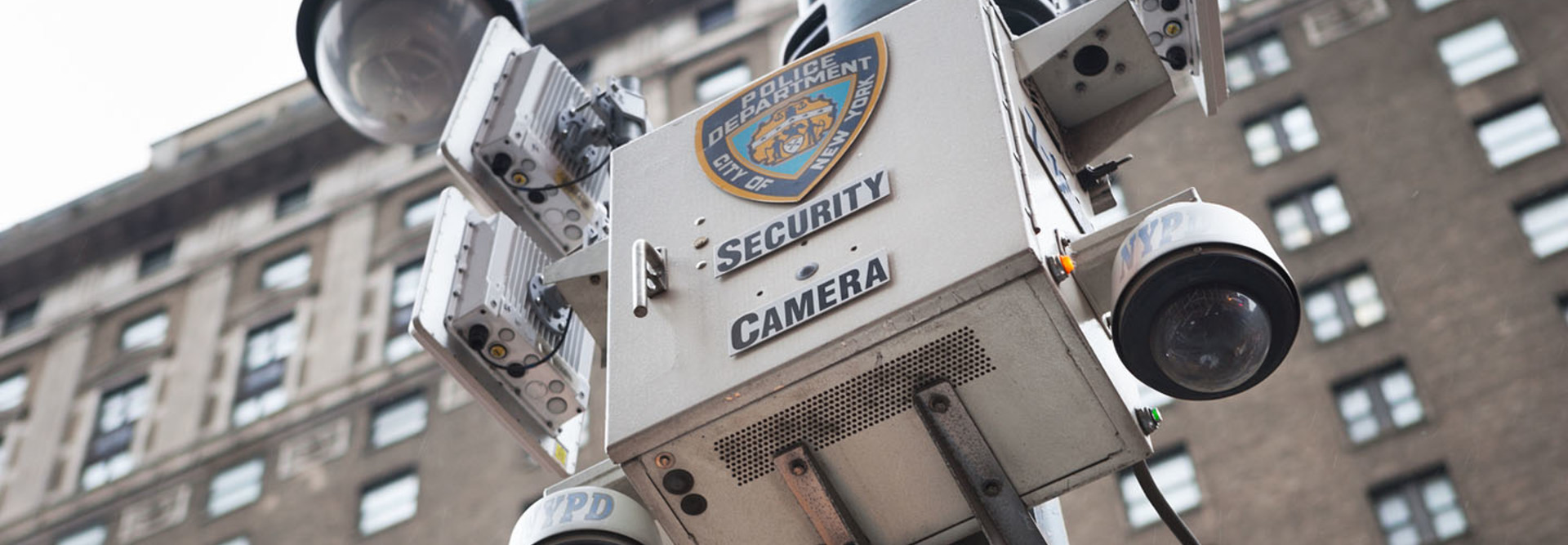With Public Safety Tech Adoption, Transparency Is Key
Technology is quickly permeating every aspect of public safety.
“Information … in terms of its proliferation, it’s everywhere. You can’t be involved in a traffic stop without running into digital evidence, potentially,” said Jim Emerson, chairman of the Computer Crime and Digital Evidence Committee at the International Association of Chiefs of Police, speaking on the panel for the Route Fifty webinar Beyond Gadgets: Public Safety in the Digital World. The panel discussed many of the impacts of public safety technology adoption, as well as how officials and IT leaders can mitigate them as they arise.
While technologies such as body cameras are proving useful to law enforcement officers as they track down criminals and fight crime, it’s also making the public wary of how law enforcement officers are using the technologies. Moreover, it is creating gray areas around privacy and illegal search and seizure as policy and regulation struggle to keep up with emerging tech.
“Public safety has entered into an age which is tantamount to a public storm in regard to data,” said Emerson. “The volume, the evidence, the speed of change have made it really complicated to attend to. And, finally, there are emerging barriers every day, both legal and technical, to access.”
These issues are exacerbated by the fact that, historically, regulation lags behind technology and adoption.
“The fourth amendment, which protects against unreasonable searches and seizures, pertains to most government data collection. The problem is that the courts, the Supreme Court in particular, is often decades behind in deciding cases, so a good deal of uncertainty exists about where citizens’ rights are in regards to digital information,” said Lisa Soronen, executive director for the State and Local Legal Center.
SIGN UP: Get more news from the StateTech newsletter in your inbox every two weeks
Transparency Can Engender Public Trust in Law Enforcement Tech
These sorts of legal gray areas combined with new tech popping up on city streets without much of an explanation from city officials can cause concern among residents, which can mitigate many of the efforts of public safety technologies in the first place, said Nancy La Vigne, director of the Urban Institute’s Justice Policy Center.
“If you think about the technologies that are developed specifically for crime-fighting purposes, consider the context that we live in today, the relationship between police and some of the people that live in some of the high-crime communities is really fraught,” said La Vigne. While law enforcement is working on repairing those relationships, when cities introduce a new technology “without communicating the nature of the technology, where it’s located, how it’s used, how it’s not used,” it often only adds pressure to those relationships.
La Vigne pointed to issues with public surveillance cameras as well as recent deployments of gunshot detection technology, which uses sensors placed on rooftops to zero in on the location of gunfire based on its unique acoustic signature.
“A lot of residents, first of all, don’t know where the sensors are and law enforcement is really protective about that information,” said La Vigne. For this reason, many residents have the misperception that the sensors are being used to record conversations. “That is going to increase the distrust rather than build trust around, ‘This is how we’re using the technology. We’re using it in a way that is intended to keep you safe.’”
With distrust mounting, transparency in adoption can help to quell some of these concerns while policy catches up to tech adoption.
“Traditionally, law enforcement has been very reticent to talk about these devices or these types of new technologies that could be used to assist in investigations, and when law enforcement keeps things very secret and close to the chest, that makes people nervous and very leery in what’s going on exactly,” said Bryan Porter, the commonwealth's attorney for the City of Alexandria, Va.
To remedy this, Porter encouraged prosecutors and law enforcement officers to “do a better job of being open about the technology — explaining that our capabilities are very limited and, in many cases for real-time data, are already subject to a warrant requirement in most states.”









